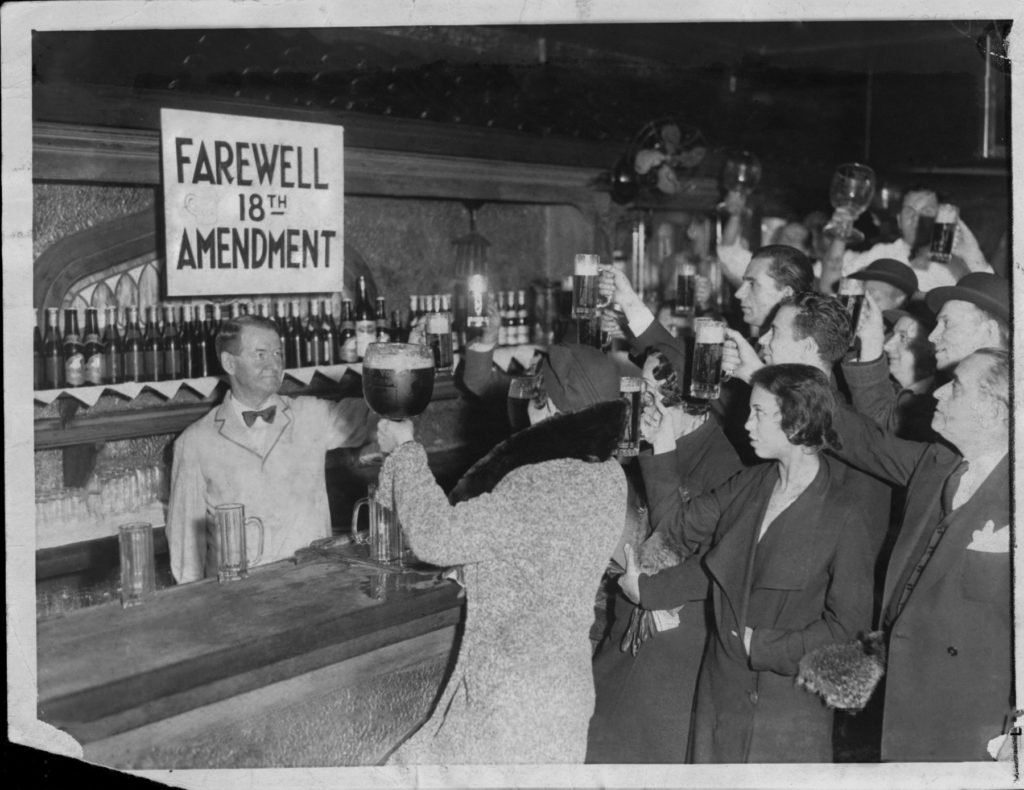Unraveling the Fascinating Story of Beer
It’s international beer day, and what better way to celebrate this godly nectar than delving into its roots? Beer has a long and storied history that spans thousands of years. From its humble origins to becoming a global cultural icon, beer has undergone an intriguing journey, shaping societies, traditions, and economies along the way. This article explores the history of beer, from its serendipitous discovery in ancient times to the diverse array of styles enjoyed worldwide today.

The origins
The earliest traces of beer date back to ancient civilisations, where the accidental fermentation of grains led to the creation of this amazing drink. Around 5,000 to 6,000 years ago, in ancient Mesopotamia (modern-day Iraq), Sumerians began cultivating barley. They discovered that when exposed to water and left to sit, the barley would ferment, yielding a beverage with a slightly intoxicating effect. Mesopotamians getting “shit-faced” by accident was basically the genesis of beer.
Ancient Egypt
In ancient Egypt, beer held a prominent position in society. It was an integral part of religious ceremonies, and even the workers who constructed the pyramids were provided with daily beer rations (perhaps this was the secret to building such a creation back then). The Egyptians brewed beer using barley loaves, which were crumbled into water to create the fermenting mash. This practice was also prevalent in other ancient cultures like the Babylonians and the Hittites.
Ancient Europe
As civilization spread across Europe, so did the knowledge of brewing. The Celts, Germans, and Vikings each had their unique brewing techniques. The Germans introduced hops to the brewing process, which not only added flavor but also acted as a preservative, extending the shelf life of beer. This breakthrough revolutionised the brewing industry, and lead to this beverage tasting the way it does today.
Medieval Brewing and Monastic Influence
In medieval Europe, brewing shifted from a household activity to a specialized craft. Monasteries played a crucial role in preserving the art of brewing during this era. Monks honed their brewing skills, and many abbeys became renowned for their exceptional beer. Monasteries not only brewed beer for their own sustenance but also to provide for the local communities and travelers.

Reinheitsgebot: The German Beer Purity Law
In 1516, Duke Wilhelm IV of Bavaria issued the Reinheitsgebot, a beer purity law that regulated the ingredients used in brewing beer. According to this law, beer could only be brewed using barley, hops, and water. Yeast, though not explicitly mentioned in the original version, later became an essential component. The Reinheitsgebot, which still holds significance in modern brewing, aimed to ensure the quality of beer and protect consumers from harmful additives. Germans truly take their beer seriously, and it’s perhaps to them that the recipe to create this beverage was perfected in a meticulous manner.
Industrial Revolution and Commercial Brewing
The Industrial Revolution marked a significant turning point in the history of beer. Advancements in technology, such as steam power and refrigeration, revolutionized the brewing process, making it more efficient and scalable. This led to the rise of commercial breweries, and beer production saw a massive boom, making beer more accessible to the masses.
The Prohibition Era
The Prohibition era in the early 20th century dealt a severe blow to the beer industry, as the production, sale, and consumption of alcoholic beverages were outlawed in the United States from 1919 to 1933. Established breweries were forced to shut down, and the ban on alcohol led to the rise of illegal speakeasies and bootlegging operations. This era marked a decline in beer quality, as unregulated production often resulted in inferior and even dangerous brews. Despite these challenges, a core group of dedicated brewers and beer enthusiasts kept the flame alive, preparing for the day when the amber liquid would flow freely again.
The Rebirth of Beer
With the repeal of Prohibition in 1933, the beer industry came back to life. Established breweries returned to production, while new ones emerged, eager to explore new brewing techniques and flavors. However, the dominant beer landscape was still dominated by a handful of large breweries producing mass-market lagers. It was only a matter of time before a passionate and innovative group of brewers sought to shake up the status quo.

The Craft Beer Movement
The 1960s and 1970s witnessed the birth of the craft beer movement. Frustrated with the homogeneity of mass-produced beers, these pioneers sought to revive traditional brewing methods, experiment with ingredients, and create unique and flavorful brews. The movement gained momentum in the United States, Europe, and beyond, as beer enthusiasts embraced the diversity and craftsmanship of small, independent breweries.
The late 20th century and early 21st century saw exponential growth in the craft beer sector. Craft breweries mushroomed across the globe, offering a wide range of styles, including IPAs, stouts, porters, and sour ales. As consumers embraced the idea of quality over quantity, the craft beer movement carved a significant share of the beer market, challenging the dominance of mass-produced beers. The craft beer movement not only changed the way beer was made but also the way it was consumed. Craft beer culture emphasized education, appreciation, and community. Beer festivals and tasting events became popular, providing opportunities for brewers to showcase their creations and for enthusiasts to explore new brews and connect with like-minded individuals.
The Rise of Microbreweries and Brewpubs
Microbreweries and brewpubs became prominent players in the craft beer revolution. Microbreweries focused on producing small batches of artisanal beer, while brewpubs combined the charm of a neighborhood bar with the thrill of on-site brewing. These establishments allowed beer aficionados to experience unique flavors and support local businesses simultaneously.

Throughout history, beer has been more than just a beverage, it has been a symbol of culture, community, and celebration. From its humble origins in ancient times to the vibrant craft beer scene of today, beer continues to hold a special place in the hearts of people worldwide. Today we celebrate this beverage which shaped cultures around the world and brought people together. I invite you to raise a pint in celebration of a tradition that spans millennia, a tradition of camaraderie, innovation, and the simple joy of sharing a drink with friends. Cheers to the history of beer!

